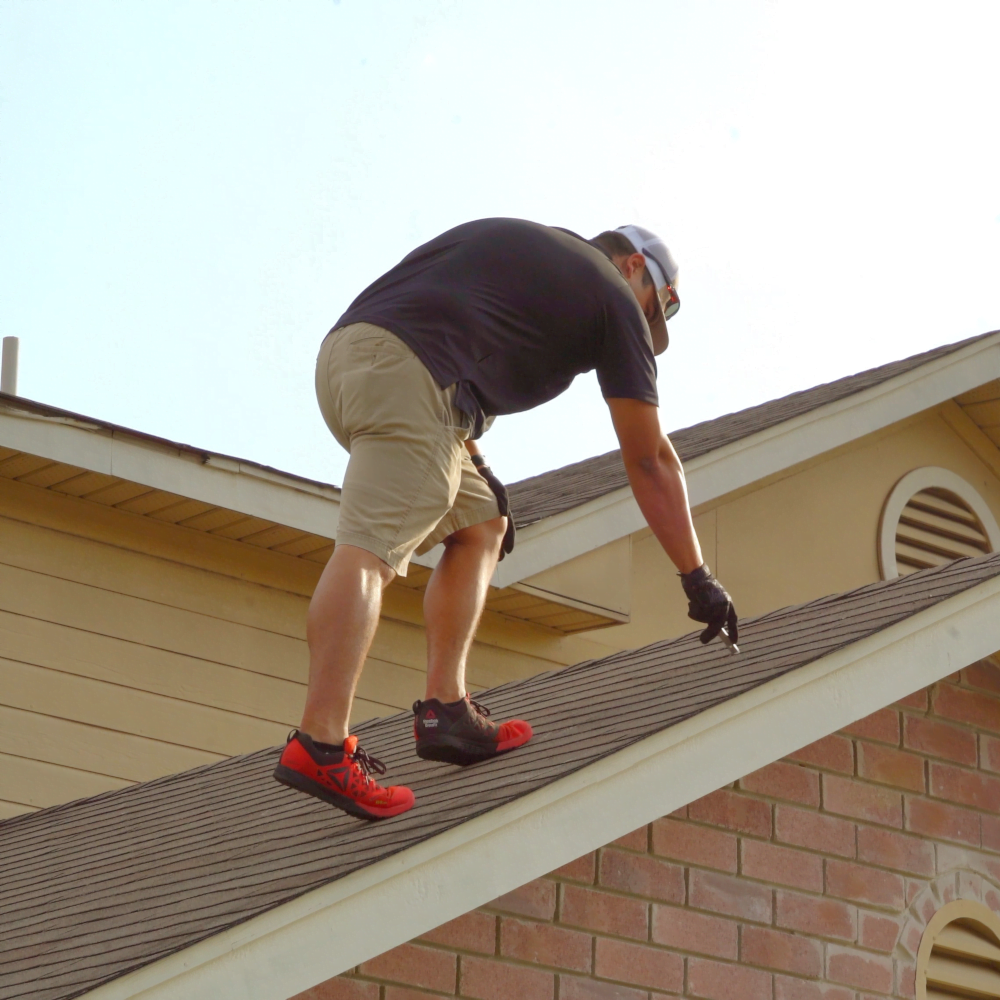How Often You Should Book a Hail Damage Roof Inspection to Evaluate Storm-Related Damage
How Often You Should Book a Hail Damage Roof Inspection to Evaluate Storm-Related Damage
Blog Article
The Important Overview to Roof Assessment: Guarding Your Home Versus Common Damage
Routine roof examinations are a vital part of home maintenance that can prevent small problems from escalating right into significant issues. As we check out the common indications of roof damage and efficient upkeep methods, it comes to be obvious that a positive strategy is crucial for protecting your financial investment.
Value of Regular Roofing System Evaluations
Routine roof covering assessments are crucial for preserving the integrity of a structure's framework. These assessments act as a positive procedure to determine potential problems before they rise right into expensive repair work or considerable damages. By carrying out regular evaluations, homeowner can make sure that their roofings stay in ideal problem, thus prolonging their life-span.
During these assessments, various variables are examined, including the condition of tiles, flashing, and drain systems. Additionally, the existence of particles, moss, or algae can be spotted, permitting for prompt remediation. Addressing minor worries at an early stage can protect against more substantial issues, such as leakages or architectural deterioration, which may compromise the security of the building.
Furthermore, routine roof covering assessments add to energy effectiveness. A properly maintained roof covering minimizes warmth loss throughout colder months and lowers the pressure on heating and cooling systems. This, in turn, can bring about lower utility bills and a lowered carbon impact.
Common Indications of Roofing System Damages
Determining typical indications of roofing system damages is necessary for property owners to keep the security and long life of their property. One of one of the most visible indicators is the visibility of missing out on, broken, or crinkled shingles. These problems can endanger the roofing's stability, resulting in leakages and more degeneration. Furthermore, granule loss, typically noticeable in rain gutters or on the ground, signals that tiles are maturing and losing their protective capabilities.
One more important indicator is water spots on ceilings or wall surfaces inside the home, which often show leakages stemming from the roof covering. Home owners need to additionally evaluate for mold and mildew or mold growth, as these can prosper in moist problems brought on by roof leaks.
Flashing around vents and chimneys need to be looked for corrosion or damages, as faulty flashing can enable water to pass through the roofing framework. Finally, sagging locations on the roof surface area may suggest architectural concerns, warranting prompt interest. By identifying these indications early, homeowners can take positive actions to deal with roof covering damage, eventually safeguarding their home from costly repair services and guaranteeing a sturdy roof system.
Seasonal Roofing Upkeep Tips
Identifying the signs of roofing system damages is just the primary step in making sure the longevity of your roof; continuous maintenance is similarly important. Seasonal roof covering upkeep is important to not only extend the life of your roof however additionally to avoid costly repairs down the line.
Throughout springtime, evaluate your roof covering for any signs of winter season damages, such as split shingles or displaced blinking. Tidy rain gutters and downspouts to ensure appropriate drain. In summertime, check for moss or algae development, and consider using a safety sealer to avoid moisture accumulation.
As fall approaches, eliminate leaves and particles from your roof and gutters. This will certainly help reduce the threat of water pooling and potential leaks. It's additionally a great time to check out the roofing for any signs of wear, such as loosened roof shingles or rusted blinking.
Do It Yourself Roofing System Assessment List
A thorough do it yourself roof examination list is vital for house owners wanting to preserve the honesty of their roof. Begin by examining the roofing surface area for any kind of noticeable indicators of damages, such as missing out on, split, or crinkling shingles - Roof Inspection. Pay attention to areas around skylights, vents, and chimneys, as these are typical leak points

Moving to the inside, examine the attic for indicators view it of water breach, such as stains or mold and mildew development. Ensure correct ventilation to avoid wetness buildup, which can result in damage.
When to Employ a Professional,##.
While numerous property owners can here perform standard roof inspections, certain conditions warrant the experience of an expert. If you spot significant damage, such as big missing out on roof shingles, visible sagging, or water spots on the ceiling, it is important to speak with a certified professional roofer. These problems might show underlying architectural issues that call for instant attention.
In addition, if your roof covering is nearing completion of its expected life-span-- generally 20 to 25 years for asphalt roof shingles-- it is wise to have a professional evaluation. Experienced assessors can analyze the roof's problem and offer informed recommendations on repair work or replacement.
Severe weather occasions, such as hailstorms or hefty winds, also require professional scrutiny. Even small damage can result in considerable issues if left untreated. If you're considering purchasing or offering a property, a specialist evaluation can reveal possible issues that may influence the transaction.
Final Thought
Normal roof covering evaluations are essential for maintaining the stability of residential structures. Prioritizing roofing assessments ultimately adds to a safe and secure and safe living atmosphere.

During spring, inspect your roof for any type of indicators of winter damages, such as split tiles or displaced flashing. Begin by checking out the roofing system surface for any type of noticeable indications of damages, such as missing, broken, or crinkling shingles.
Report this page